
Checklist for ESCS
When deciding on SHEVS required, however, the risks are considerably greater when one assumes standard condition instead of taking all individual circumstances into account.
- Objectives
- Tenability Limits
- Types of Smoke Control System
- Smoke Reservoirs
- Fire Compartmentation
- Effects of Sprinkler System
- ASET > RSET
- Replacement Air Inlet
- Wind Effect
Concealed automatic smoke curtains within the ceiling profile during normal condition
No two buildings are alike.
Therefore, the understanding of the stakeholders’ aspirations in terms of architectural appeal and details are critical to deliver functional and aesthetically pleasing engineered smoke control system.
“Fire safety engineering is customized for every project through close interaction and understanding of clients’ needs and aspirations”.
Smoke curtains used as part of smoke control systems to relax fire compartmentation requirements, thus eliminate the use of bulky and expensive fire curtains or shutters.

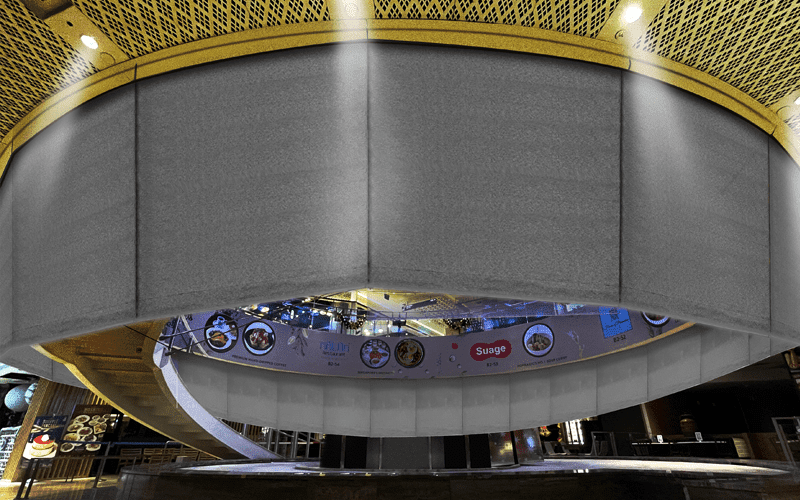
Automatic smoke curtains in their descent positions during fire condition
With in-depth understanding on the fire safety design principles and the architectural requirements, a well-balanced solution can always be achieved in terms of functionality and aesthetics.
“Smoke curtains in operation during emergency to control smoke effectively in accordance with the fire safety design intent”.
Part drop smoke curtains around void edge to contain smoke reservoir for smoke extraction. Engineered smoke control system is provided to waive the need for fire curtains or shutters.
Smoke ventilators in closed position at normal condition
With innovation and proper coordination, emergency smoke ventilators can be aesthetically designed as part of the building façade.
Smoke ventilators designed and tested to EN12101-Part 2;
- Reliability
- Wind Load
- Heat Exposure
- Aerodynamic free area.
“Good fire safety engineering practice involves the realization of the performance objectives of the fire codes as well as the expectations of all stakeholders”.
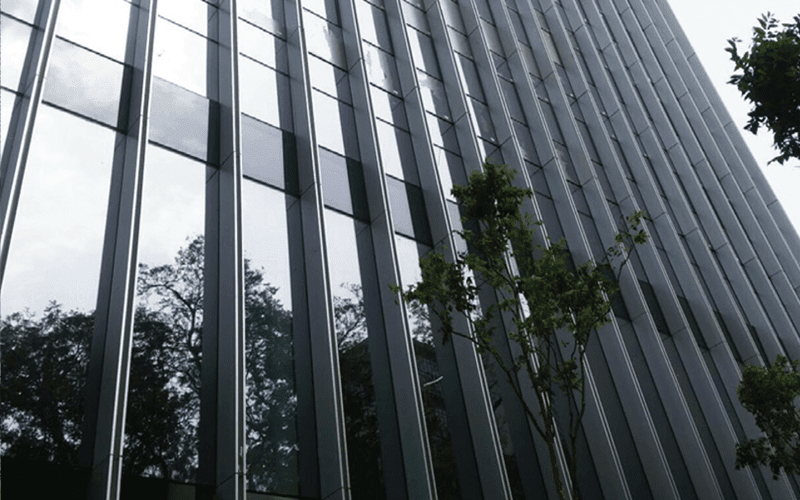
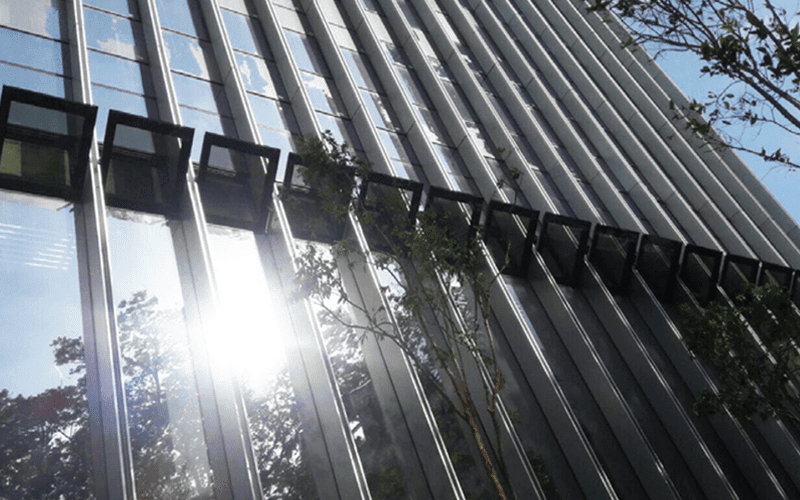
Smoke ventilators in the open position during a fire situation
SHEVS’ innovative experiences and resources can assist you to develop customized designs to suit your project requirements.
“Smoke ventilators to fail safe open during emergency to function effectively in accordance with the proposed fire safety design intent.”
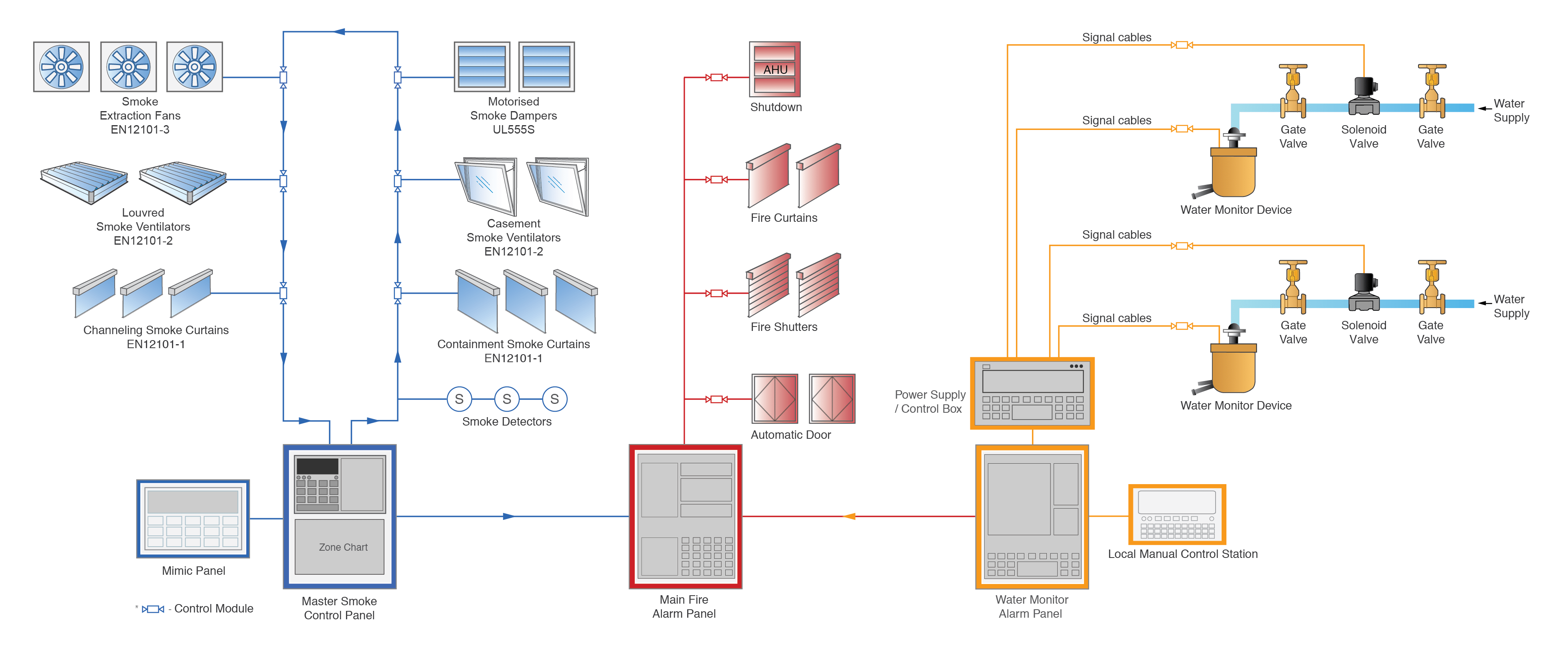


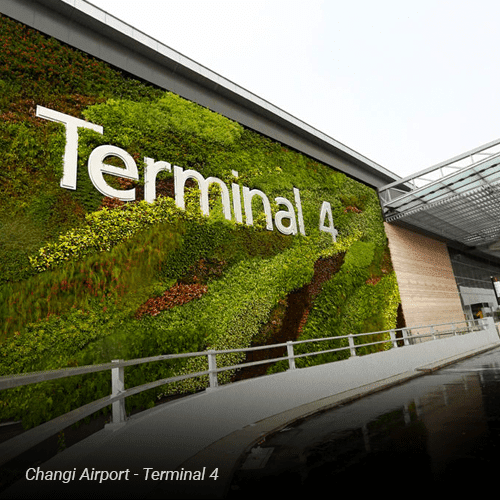




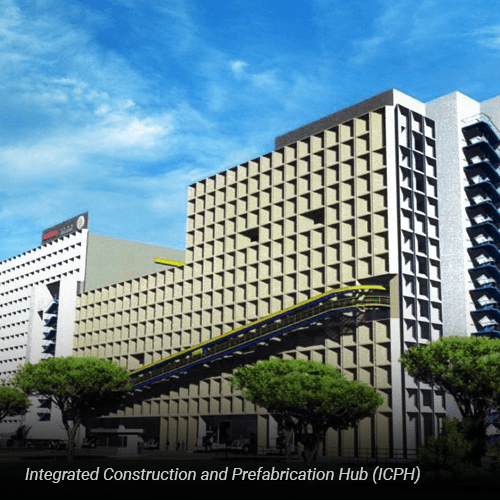








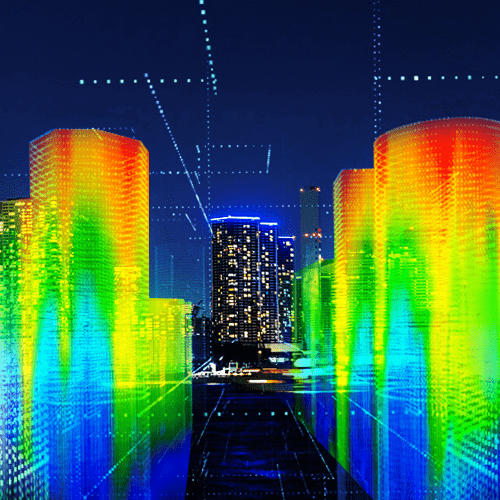
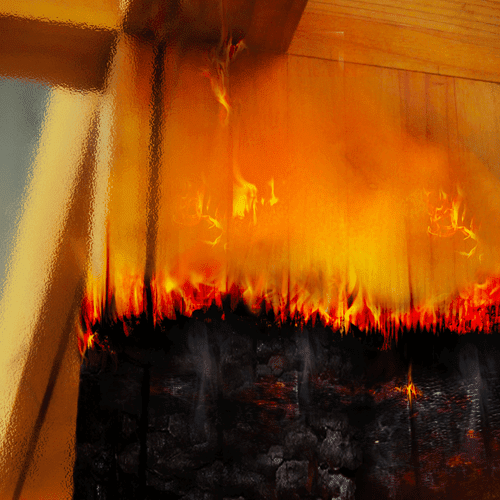
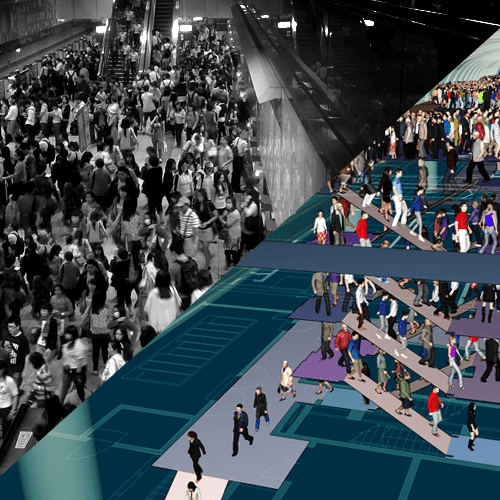
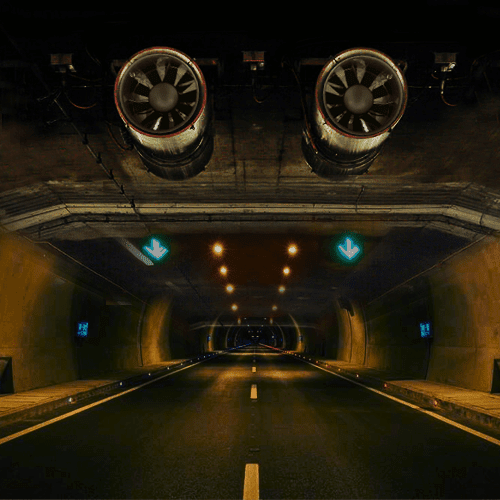
Contact Us
Follow us on: